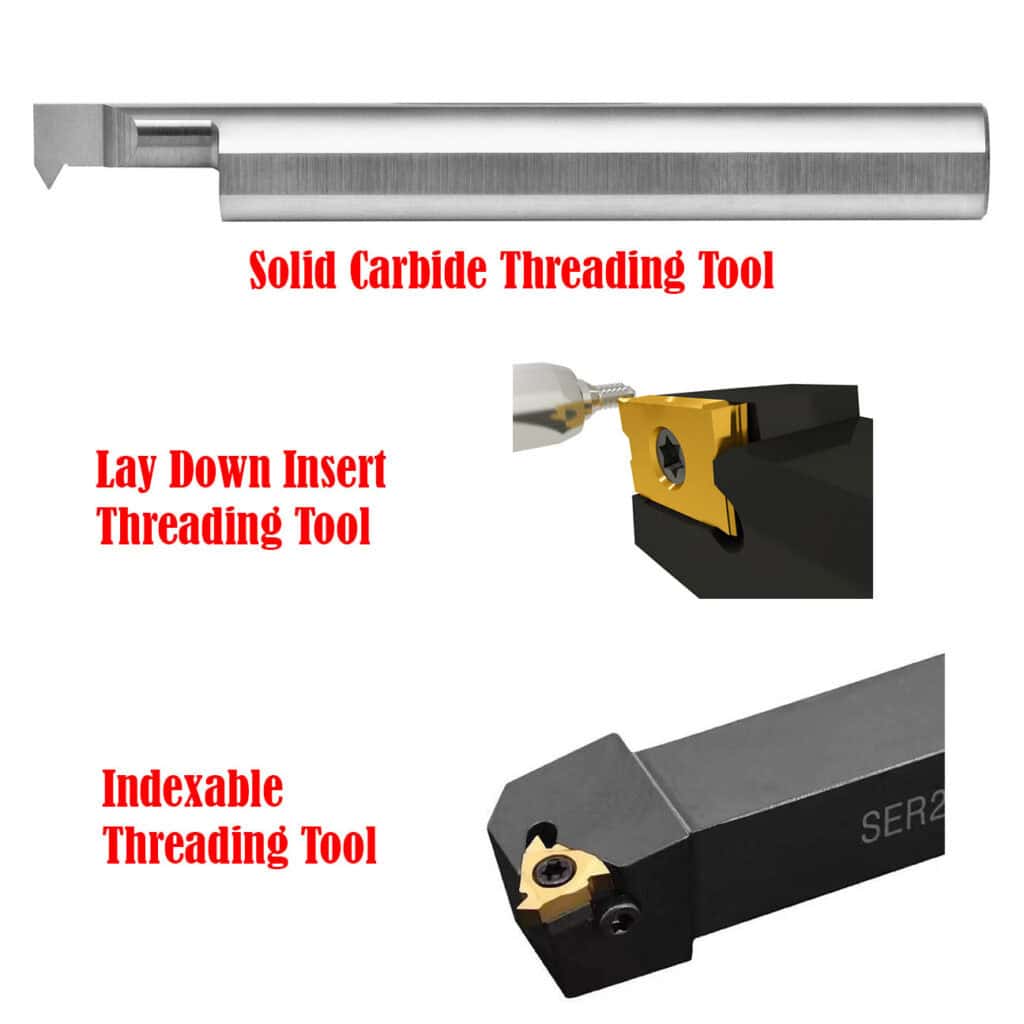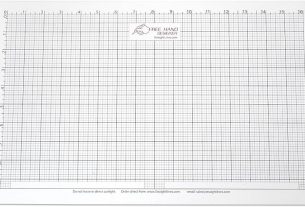If you’re in the business of metalworking, then you know how important it is to have the right tools for the job. One such tool that is essential for precision and efficiency in thread cutting is the insert threading tool. In this article, we will explore everything you need to know about insert threading tools – from their types and uses to their benefits and maintenance.
What is an Insert Threading Tool?
An insert threading tool is a cutting tool used for creating threads on metal surfaces. It works by removing material from the workpiece to create a threaded pattern that matches the shape of the tool. These tools are designed with small inserts or tips made of carbide or ceramic materials, which can be easily replaced when they become worn out.
Types of Insert Threading Tools
There are two main types of insert threading tools: internal threading tools and external threading tools.
Internal threading tools are used to create threads inside holes or bores, while external threading tools are used to create threads on the outside surface of a workpiece. Both types are available in different shapes and sizes, depending on the specific application requirements.
Uses of Insert Threading Tools
Insert threading tools are commonly used in manufacturing industries such as aerospace, automotive, and medical equipment production. They can be used for creating both standard and custom thread patterns on a wide range of materials including steel, aluminum, brass, and titanium.
Benefits of Using Insert Threading Tools
Using an insert threading tool comes with many benefits such as:
1. Increased Efficiency: Insert threading tools operate at high speeds and feed rates, allowing for faster thread cutting times compared to other methods such as tapping.
2. Improved Precision: These tools offer greater accuracy and consistency in thread cutting than other methods due to their rigid design and precise inserts.
3. Extended Tool Life: The replaceable inserts make it easy to maintain the tool’s cutting edge, resulting in longer tool life and reduced downtime.
4. Versatility: Insert threading tools can be used for a variety of thread sizes and shapes, making them ideal for a range of applications.
Maintenance of Insert Threading Tools
To ensure optimal performance and longevity, it is important to properly maintain insert threading tools. Here are some tips:
1. Regularly inspect the inserts for wear and replace them when necessary.
2. Keep the tool clean and free from debris or coolant buildup which can affect its performance.
3. Ensure that the tool is properly lubricated during use to reduce friction and prevent overheating.
4. Store the tool in a dry, secure location when not in use to protect it from damage.
Conclusion
Insert threading tools are essential equipment for precision and efficiency in thread cutting. Whether you’re working on a small DIY project or large-scale manufacturing, using an insert threading tool can help you achieve accurate and consistent thread patterns with ease. By understanding the types, uses, benefits, and maintenance of these tools, you can make an informed decision on which one is right for your specific application.
References:
1. “Insert Thread Turning.” Sandvik Coromant, www.sandvik.coromant.com/en-gb/products/threading/insert_thread_turning/Pages/default.aspx.
2. “Threading Inserts.” Kennametal, www.kennametal.com/en/products/metalworking-tools/tooling-systems/threading/turning/threading-inserts.html.
3. “Thread Cutting Tool Holders & Inserts.” MSC Industrial Supply Co., www.mscdirect.com/browse/Cutting-Tools/Threading-Tools/Thread-Cutting-Tool-Holders-Inserts?navid=12107103.




